Description
Hydrangea Mophead Flower Plant
Hydrangea Mophead,Flower Plant scientifically known as (Hydrangea macrophylla), is a popular ornamental flowering shrub known for its large, round and clusters of blooms that resemble pom-poms or mop heads.
The Hydrangea Mophead plant produces large, round clusters of blooms that resemble pom-poms or mop heads. It belongs to the Hydrangeaceae family and is native to Japan and Korea. Gardeners prize Hydrangea Mophead for its stunning and vibrant flowers, which can range in color from pink, blue, and purple to white.
Care Tips:-
- Soil: Use well-draining soil that retains moisture. Add organic matter like compost can improve soil structure.
- Watering: Keep the soil consistently moist, but not waterlogged. Hydrangeas are thirsty plants, especially during hot spells.
- Fertilizing: Feed with a balanced, slow-release fertilizer in early spring and again in early summer. Avoid excessive nitrogen, as it can lead to more foliage and fewer flowers.
- Location: Plant in a spot with morning sun and afternoon shade or dappled sunlight. Too much direct sunlight can scorch the leaves.
- Pruning: After flowering, usually in late summer or early fall, prune. Remove any wasted flower heads, as well as any dead or weak limbs. Take care not to disturb the flower buds that grow on aged wood for the following year.


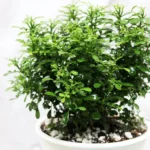
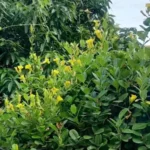

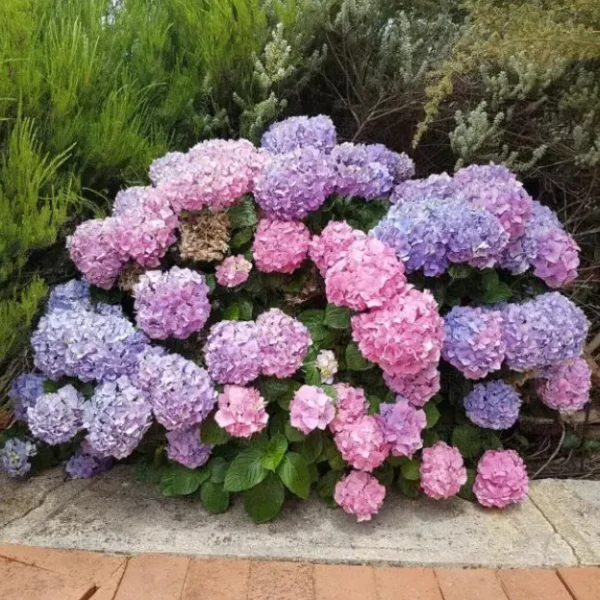
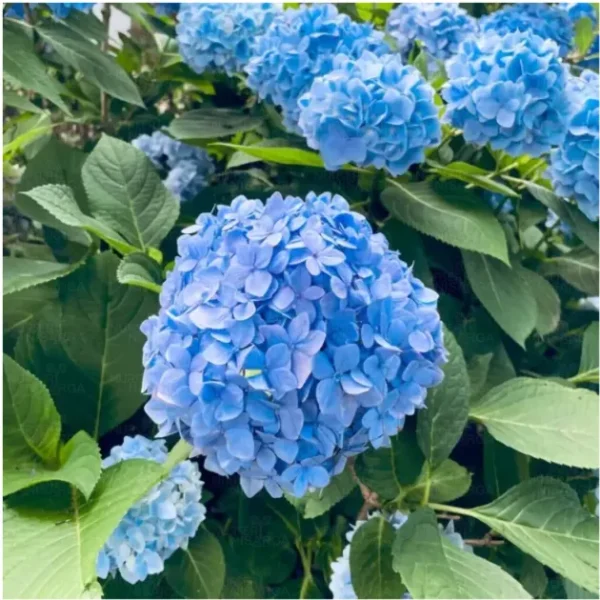
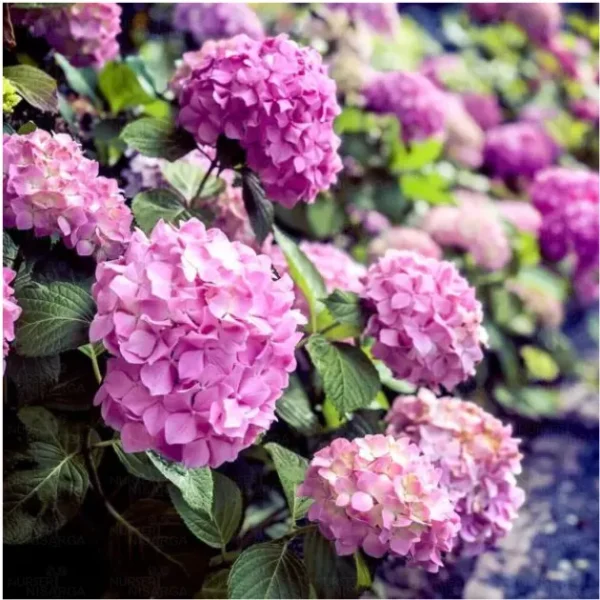
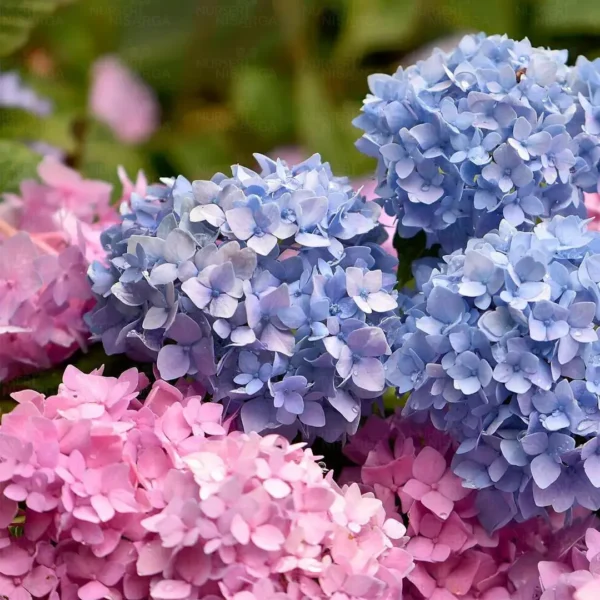
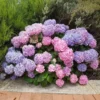

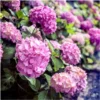
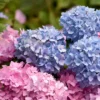
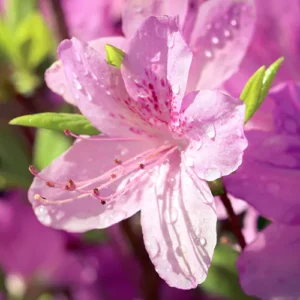
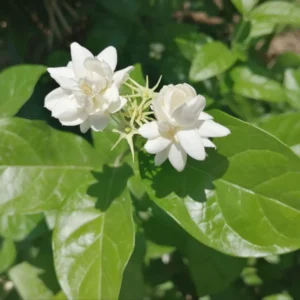
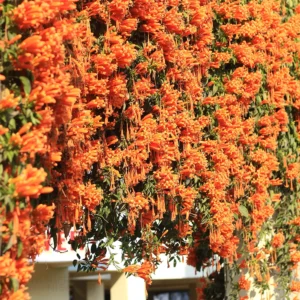
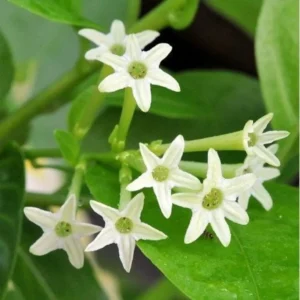
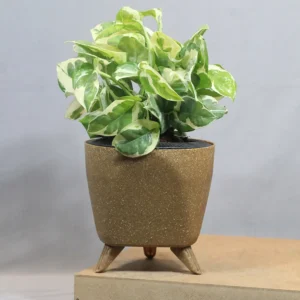
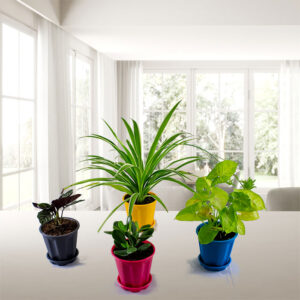

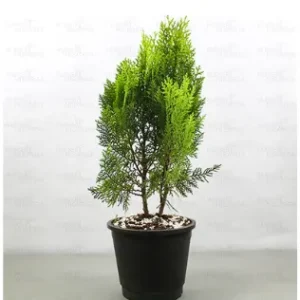
folkd –
good article. Your knowledge is enormously intensive. I enjoyed reading the article on your Website
Sonia Mary (verified owner) –
Beautiful healthy plant received. The packing was very good ,Thanks . Will certainly order again from here